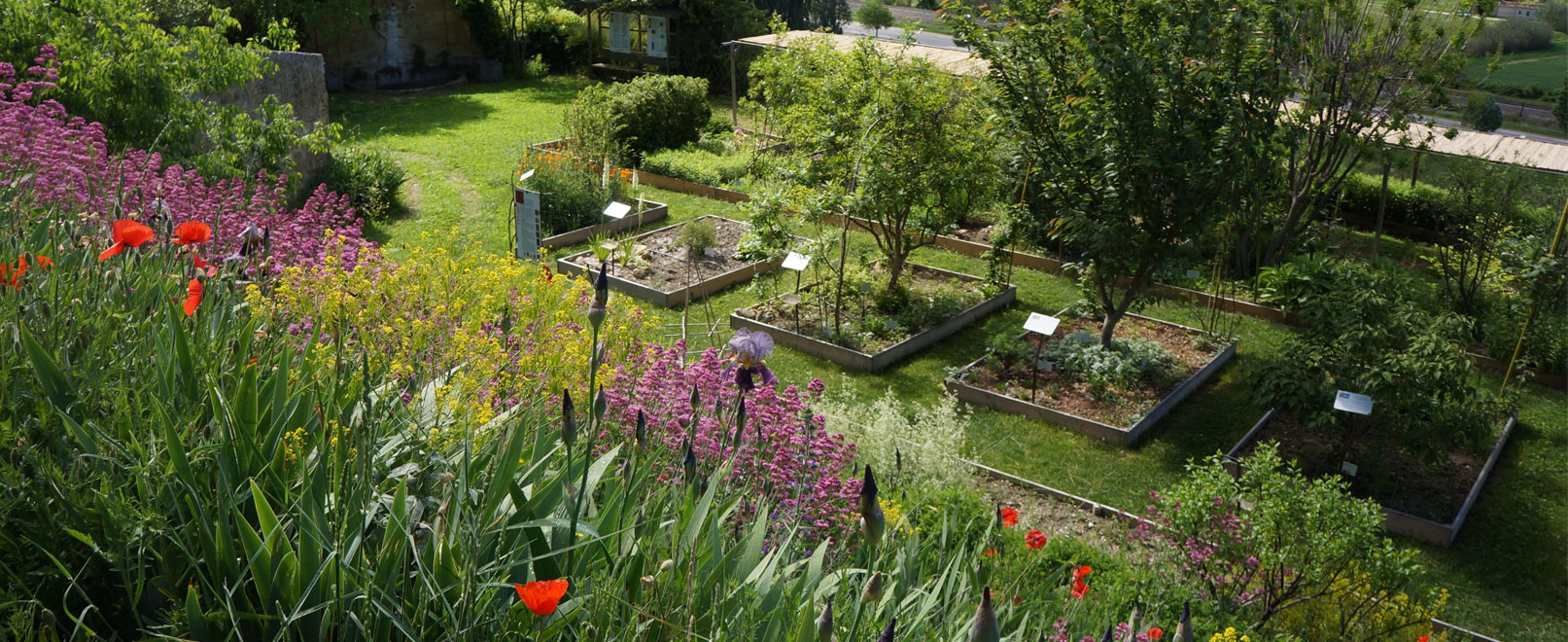A new rose garden in a dry garden, gardening workshops at the St André Abbey, gardens of tinctorial plants and fragrant roses – the gardens in Vaucluse are open to visitors.
Avignon and Rhone Valley area
The Gardens of the St André Abbey, in Villeneuve-lès-Avignon
Walking along the paths of this 2 hectare garden, classified as a “Remarkable Garden”, you pass through a succession of atmospheres: Tuscan, Provençal, romantic, mineral, etc. Between olive trees and cypresses, along the ponds and terraces, over 100 species have found their place on the rockface, with 75 Mediterranean species along a new botanical path that cascades downward from the chapel and to the historical remains.
Here there is an old abbey, founded in the 10th century and located within the imposing walls of Fort Saint André in Villeneuve-lès-Avignon. From the garden, we overlook the Rhône and Avignon on the opposite bank.
Regular presentation workshops by the new gardener Romain Lestruhaut, art gardener and Compagnon du Devoir et du Tour de France. Yoga sessions, moonlight visits, concerts, etc.
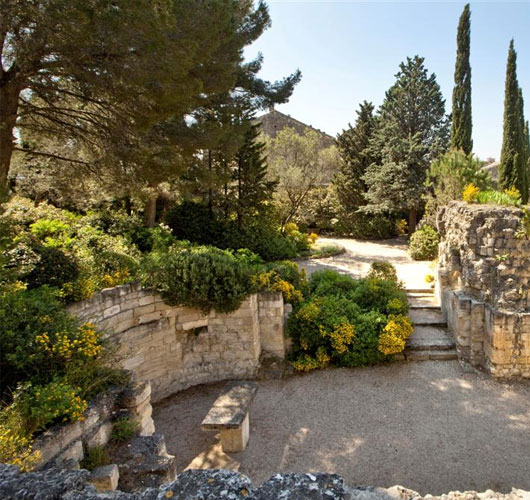
Practical information

Opening:
From March to October.

Entrance fee:
€9/pers.
Reduced rate : €7,5/pers.
Guided tour of the abbey palace and gardens, Thursdays at 11 am by reservation : €14

Contact:
info@abbayesaintandre.fr
T. +33 (0)4 90 25 55 95
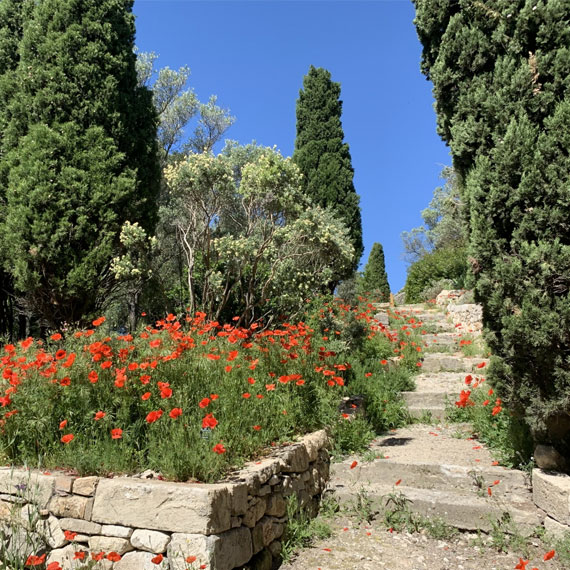
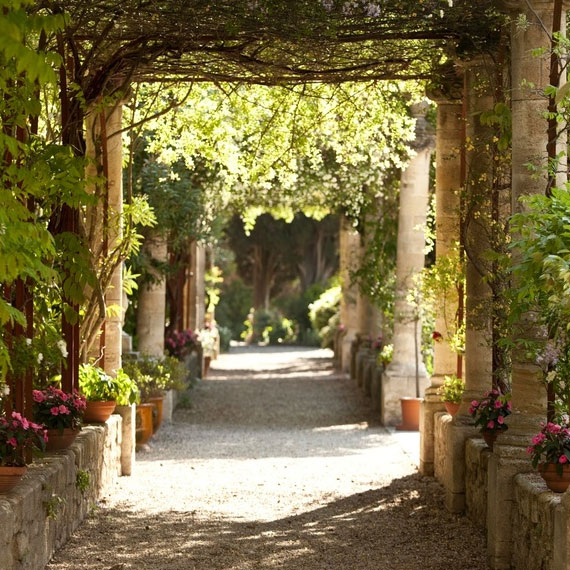
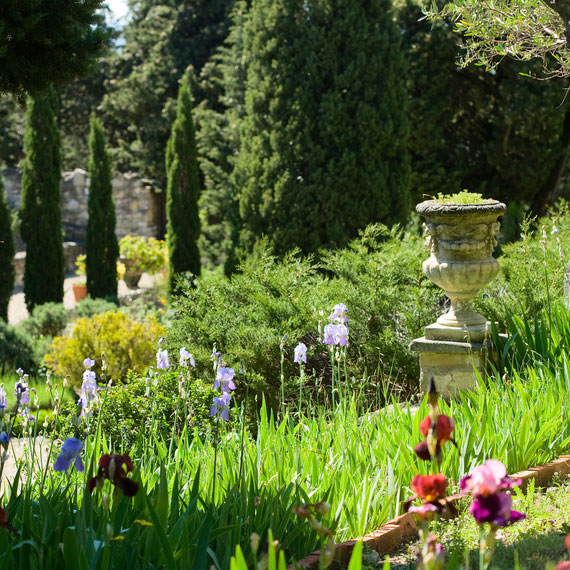
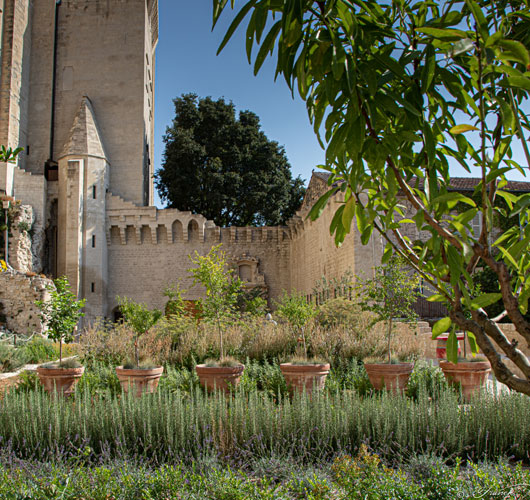
The Gardens of the Palais des Papes, in Avignon
Since 2020, it has been possible to discover this garden as part of your visit of the Palace of the Popes or separately from the monument. Its benches and spaces set out in the shade of the high walls make it a haven for rest in the town. There are two parts to the refurbished gardens: the Palace Garden (or Benedict XII Garden, 1,250m2) and the Papal Garden (662m2).
The Palace Garden was arranged around the 14th century hydraulic system, which created large rectangular beds now planted with Mediterranean species that records show grew in the papal gardens in the 1300s.
Practical information

Opening
All year long

Entrance fee:
€5/pers
Reduced rate : €3/pers.

Contact:
groupereservation@avignon-tourisme.com
T.+33 (0)4 90 27 50 73
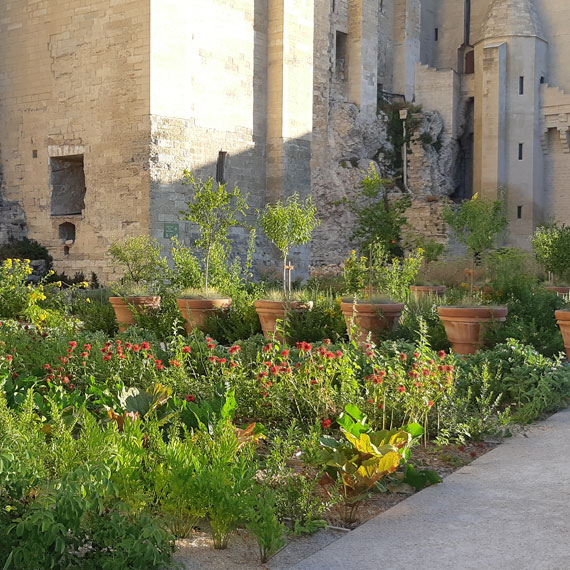
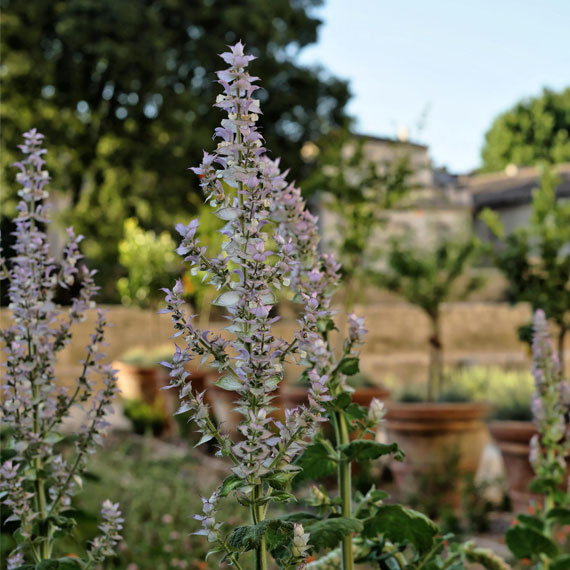
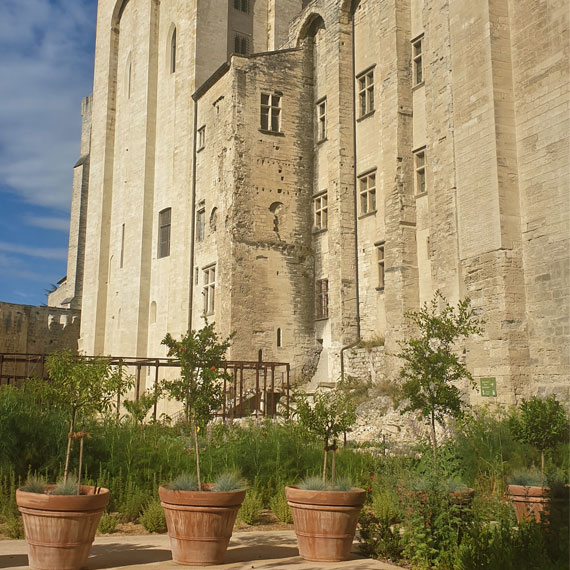
The Gardens of Château de Brantes, in Sorgues
A giant magnolia grandiflora, perennial flowers and large pools of water compete in elegance in this delightful paradise of Italian style greenery at the gates of Avignon. The Brantes family is committed to taking care of this family heritage and embellishing it thanks to the waters of the Sorgue which flow through the small canals and irrigate peonies and crape myrtles.
The bicentenary magnolia, which is no less than 6 metres in circumference, is one of the oldest in Europe. You can discover everything against the backdrop of the 18th century château.
You can also see an educational vegetable garden and a cloister.
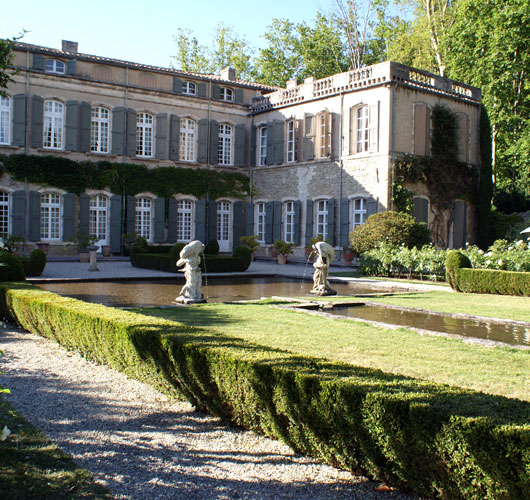
Practical information

Opening:
April, May, June and September

Entrance fee:
€8/pers.
Reduced rate (13-18 ans) : €3/pers.

Contact:
Marine de Brantes
contact@jardindebrantes.com
T.+33 (0)6 62 08 98 22
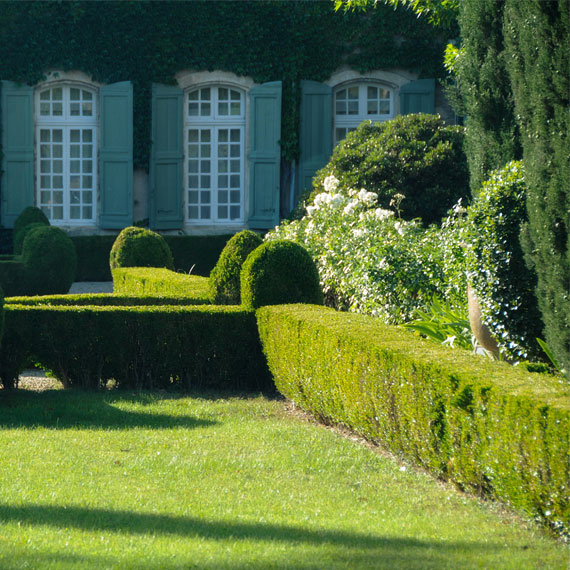
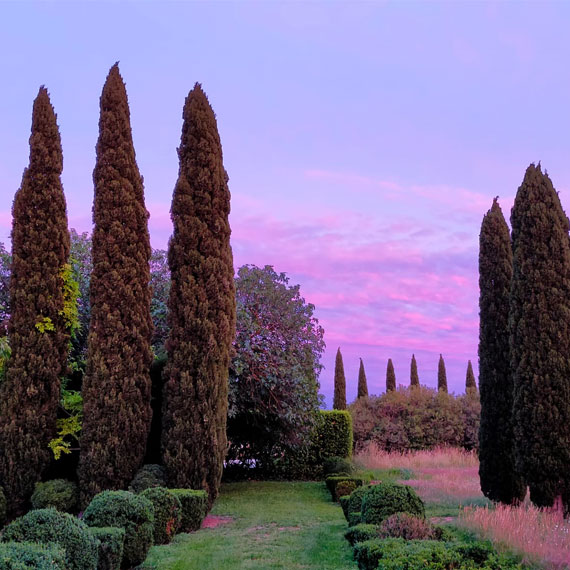
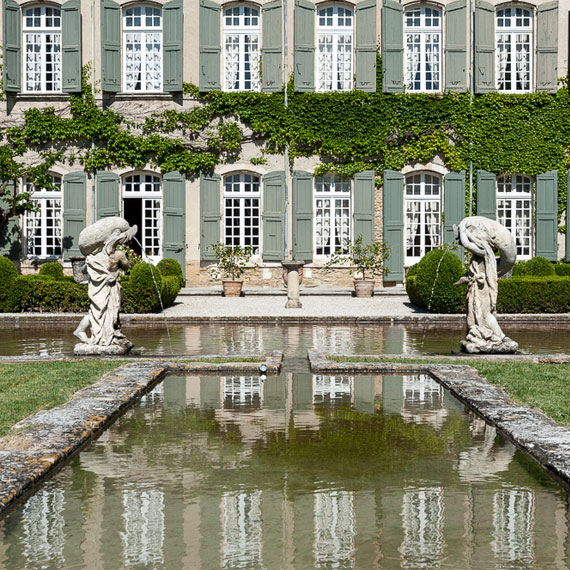
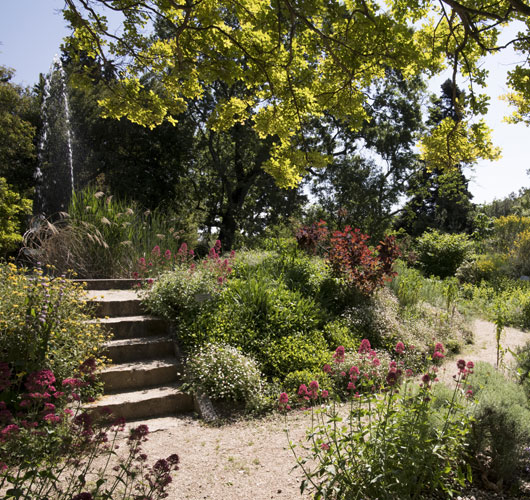
The Harmas de Jean-Henri Fabre, near Orange
Property of the National Museum of Natural History, Harmas, the fallow ground of famous naturalist Jean-Henri Fabre, has become a reference for every entomologist in the world. Passionate about nature, Jean-Henri Fabre tirelessly observed the life and habits of countless insects: cicadas, scarab beetles, dung beetles, bees, etc.
The naturalist scholar settled in Sérignan-du-Comtat in 1879, and for nearly 40 years maintained a garden cleverly left as fallow ground, Harmas, in order to encourage the presence of a large number of insect species.
“This corner of abandoned land” and the large building in which he lived have both been restored. You can admire its valuable collections: shells, fossils, minerals, herbariums, watercolours, printed and manuscript works and part of its movable heritage. It is an immersion in the natural sciences of the 19th century, in a place completely renovated in 2023, with a renewed visit route.
Practical information

Opening:
Toute l’année. Reopening on June 24th .

Entrance fee:
Single ticket Harmas and Naturoptère : €10/pers
Reduced price : €7/pers
Family ticket: €28 (2 adults and 2 children up to the age of 18)

Contact:
jhfabre@mnhn.fr
T. +33 (0)4 90 30 57 62
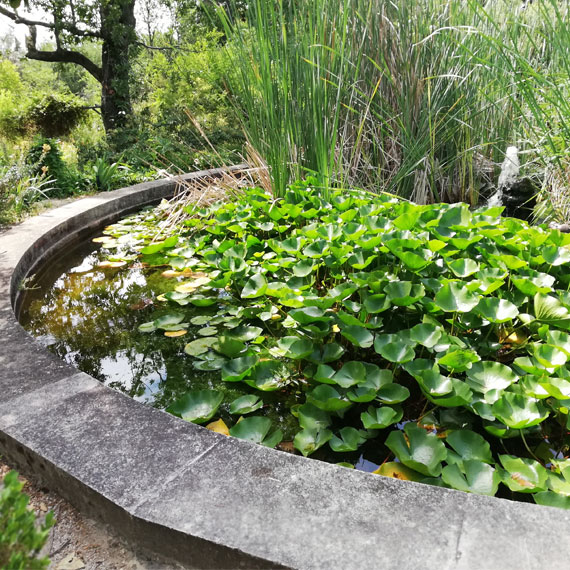
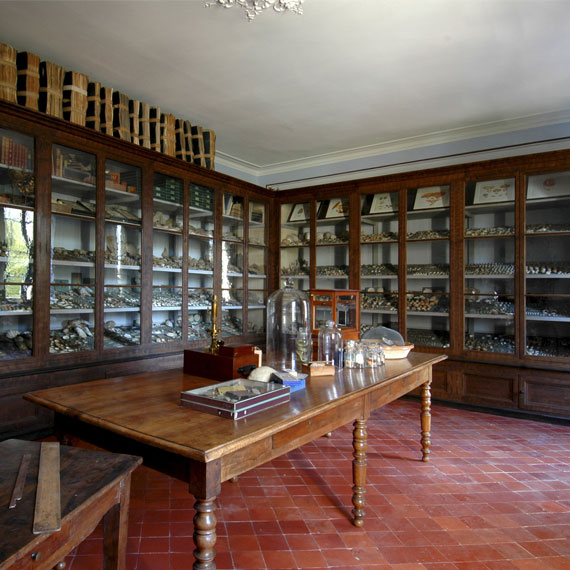
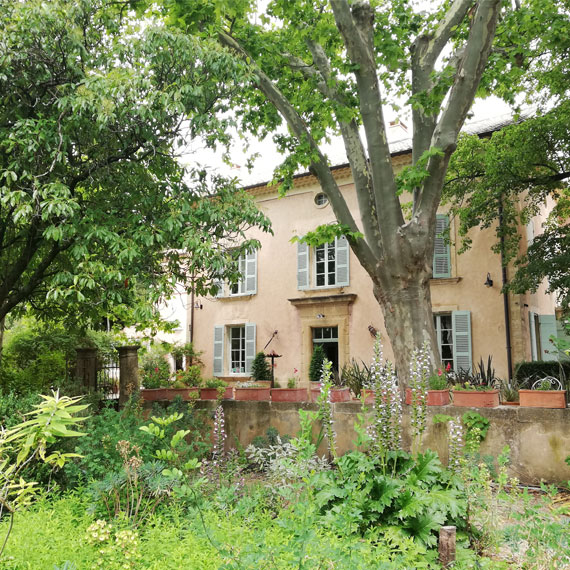
Ventoux area
The Garden of Basse Fontaine, in Puyméras
Reading in peace under an arbour, lying down on the edge of a pond, having lunch on a shaded terrace – it is with these moments of well-being in mind that landscaper Jean-Paul Boyer created the Garden of Basse Fontaine in Puyméras, near Vaison-la-Romaine. With his sensitivity, this former nurseryman was able to combine colours, volumes and spaces and constantly develop his 6000m2 garden.
It is actually several atmospheres brought together in a single garden: here, the scrubland; there, a Japanese grove; here, the children’s area; there, a vegetable garden, etc. And everywhere, chairs, benches and hammocks encourage rest and contemplation. All of these efforts have been rewarded with the “Remarkable Garden” label.
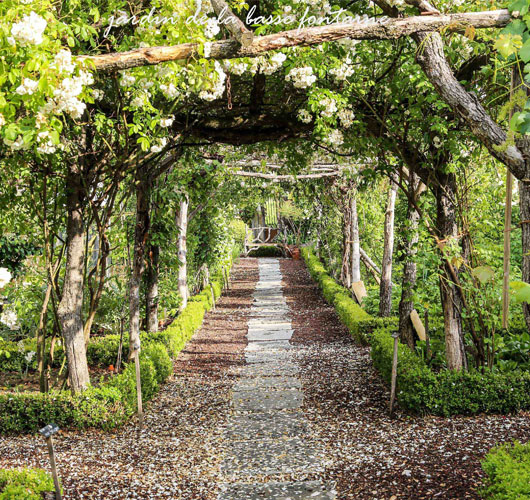
Practical information

Opening:
From May to September

Entrance fee:
€5/pers.

Contact:
jeanpaulboyer84@orange.fr
T. +33 (0)6 38 64 37 82
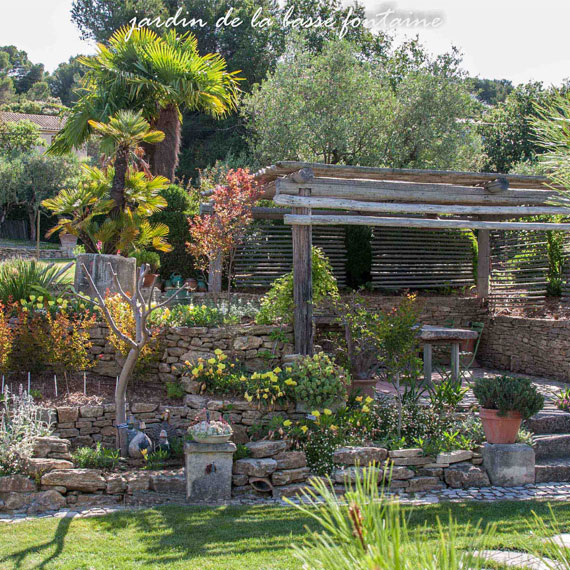
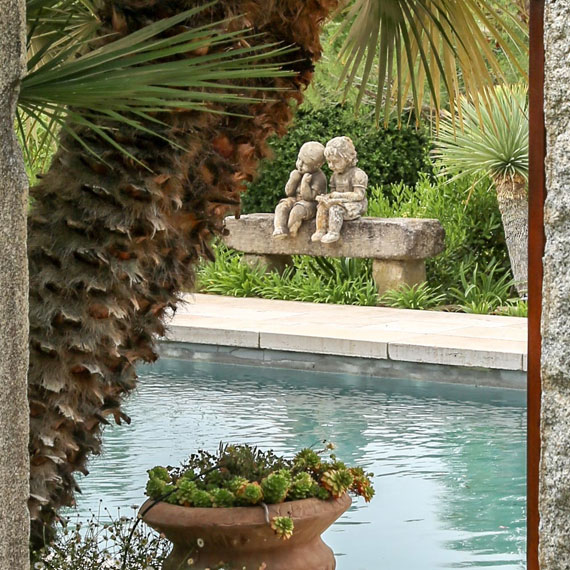
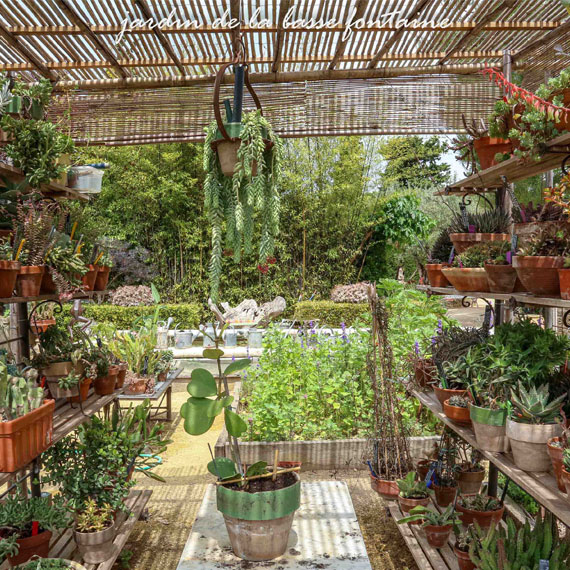
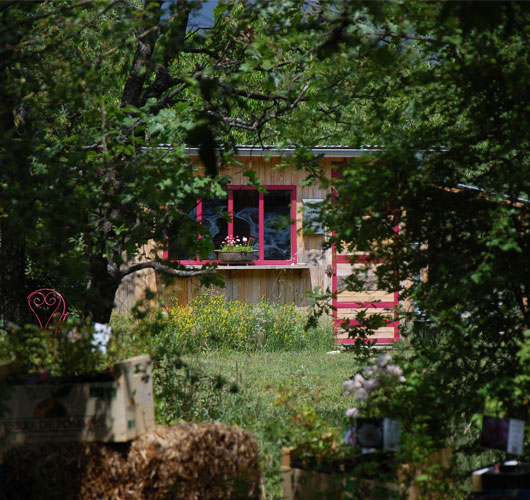
The Rose Garden of Gérenton
In 2022, between Bedoin and Flassan, Sylvie and John opened their rose garden. It is the result of 7 years of patient work, which had to face the challenges that Provence has for rose lovers: summer heat, calcareous soils, scarcity of water resources, etc.
To overcome these challenges, Sylvie has selected old rose bushes adapted to calcareous soils and the strong rays of the sun: Damask roses, Centfeuilles, Chinese roses, Alba, musk, etc.
Labelled Nature and Progress, the rose garden does not receive any treatment, is enriched with natural and local fertilisers, and is watered by a drip system which is more economical with water. The plants are from cuttings, and not grafted, in order to make them more robust.
Finally, the companion plants are Mediterranean plants resistant to drought: lavender, cistus and euphorbia, etc. It is therefore both a rose garden and a Mediterranean garden which is pleasant to visit in the spring.
Practical information

Opening:
May – June
Nursery open from September to June

Prices:
€6/pers.
Guided tour on Saturdays and Sundays for individuals (French only)

Contact:
Sylvie et John BRUN
contact@roses-anciennes-du-ventoux.com
T.+33 (0)7 67 88 99 34
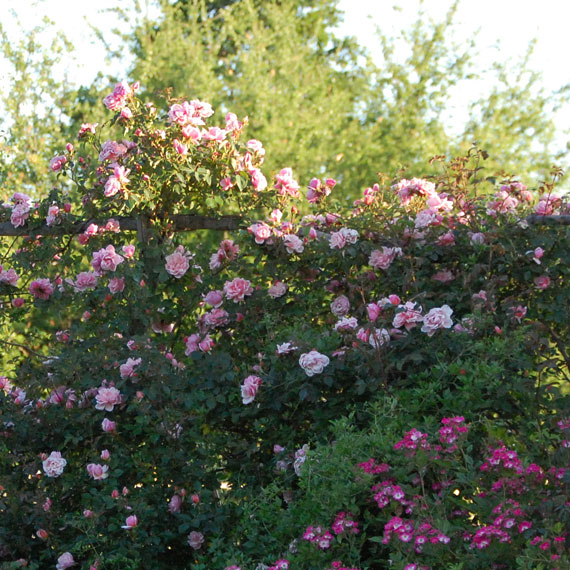
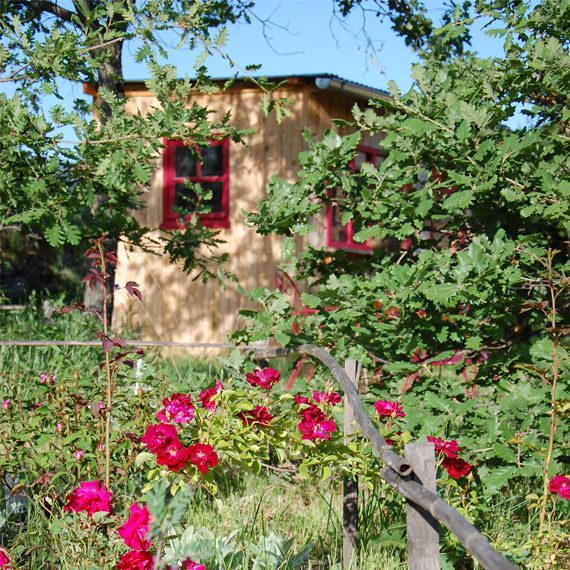
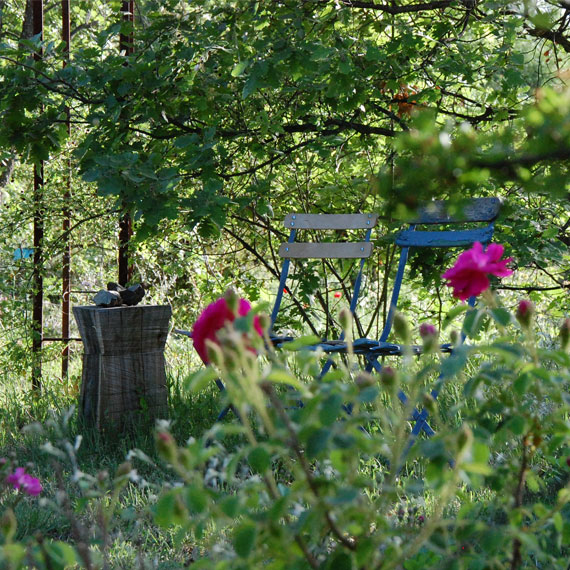
Luberon area
The Gardens of Val Joanis, in Pertuis
Planted among vineyards, the “Remarkable gardens” of Château Val Joanis, a wine estate in PDO Luberon, combine flowers, trees and vegetables in the vegetable garden. You enter through a tunnel of climbing roses. The tree terraces of the garden are bordered by walls of reused Roman stone.
Like a controlled improvisation, there are tapered yew trees to mark the horizon, chopped boxwoods to mark the territory, and perennial asters which lead to the last terrace at the bottom, planted with apple orchards and rows of pear trees.
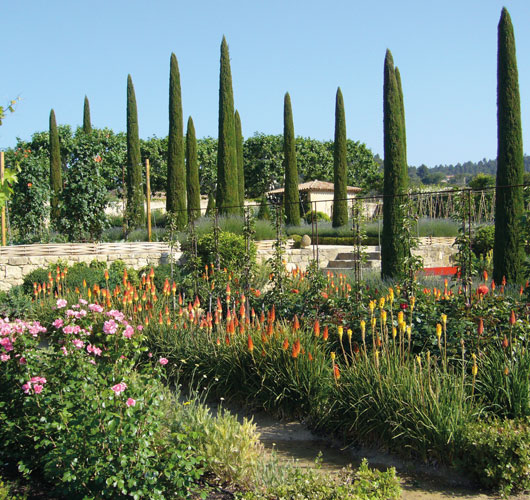
Practical information

Opening:
From Tuesday to Saturday

Entrance fee:
€3/pers

Contact:
info@val-joanis.com
T. +33 (0)4 90 79 88 40
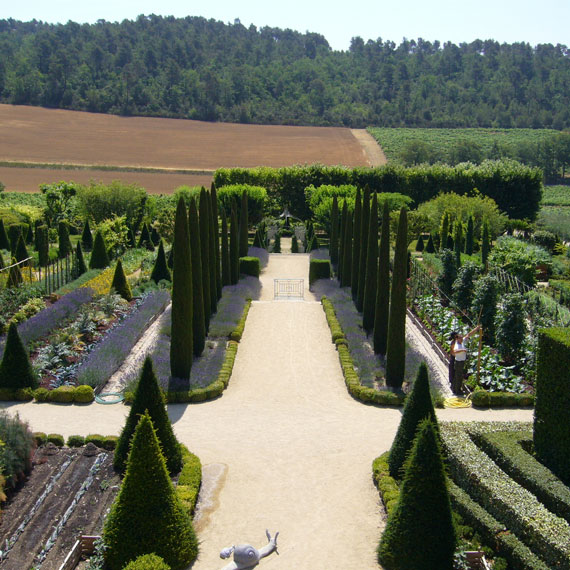
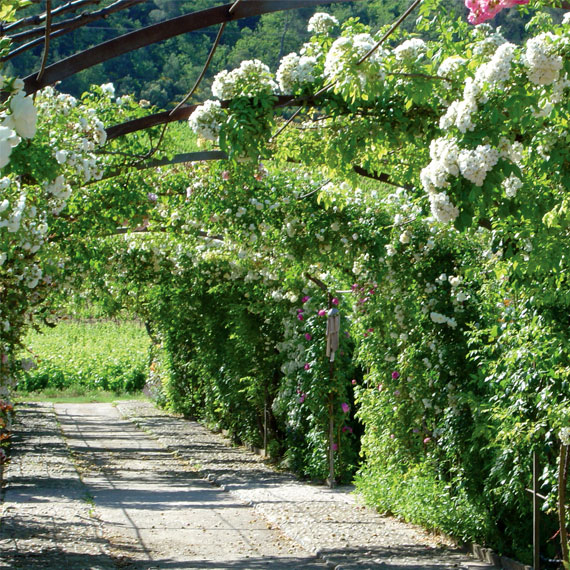

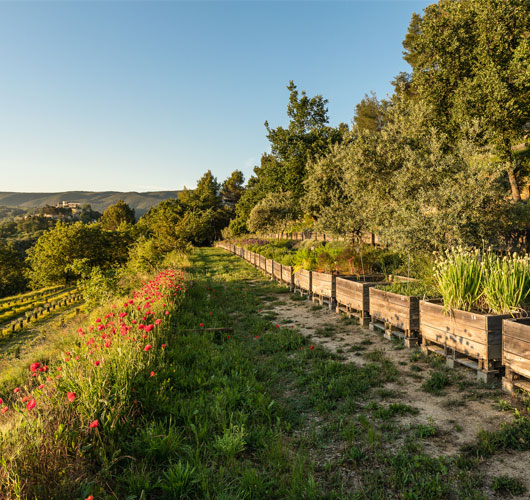
The botanical garden of the Citadel, in Ménerbes
On 5 hectares of ancient terraces, perched on the high ground of the state, this garden invites you to walk through it and to contemplate. First we find a truffle patch, then families of plants sown in large wooden containers as tall as a person.
Duly labelled, we find aromatic and medicinal herbs, edible wild plants, witch’s herbs, aphrodisiacs and poisonous plants, whose aromas we inhale and exhale.
Practical information

Opening:
Every day from May to September

Prices:
€5/pers.

Contact :
contact@domaine-citadelle.com
T. +33 (0)4 90 72 41 58
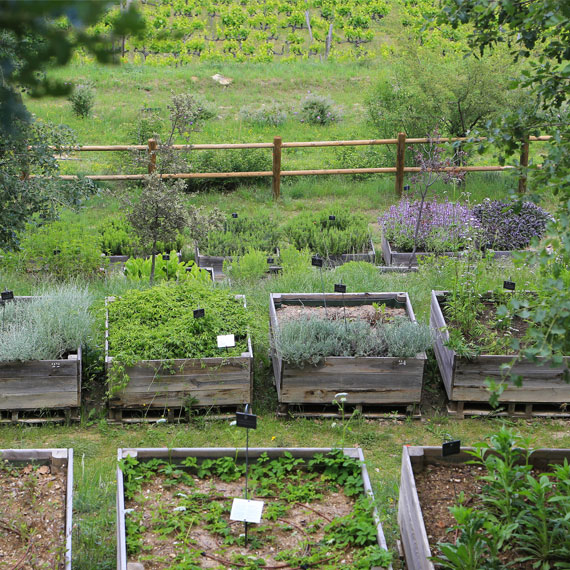
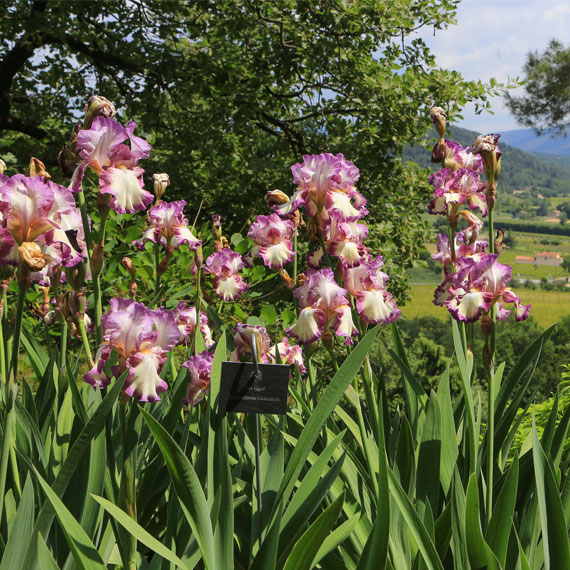

The Tinctorial Plants Conservatory Garden, in Lauris
This garden below the Château de Lauris, with an unobstructed view over the Durance valley, is unique in Europe. It allows 250 species of tinctorial plants to be observed, from which colours are extracted for dyeing, food, cosmetics and art.
The Association Couleur Garance, which takes up part of the château, organises training courses in natural plant colours.
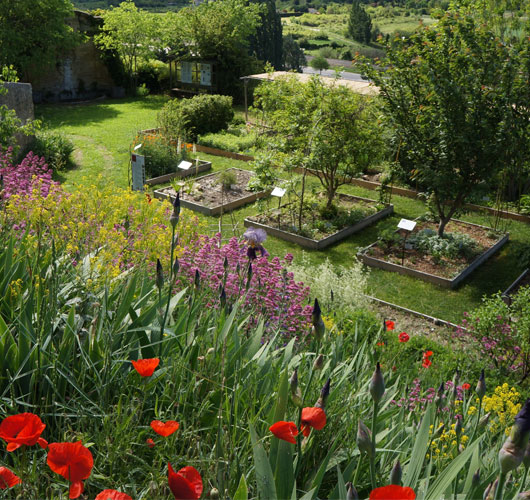
Practical information

Opening:
From Tuesday to Saturday, from May to November

Entrance fee:
€4/pers
Reduced price : €2/pers.

Contact:
contact@lesamisdujardin.com
T.+33 (0)7 66 25 21 99
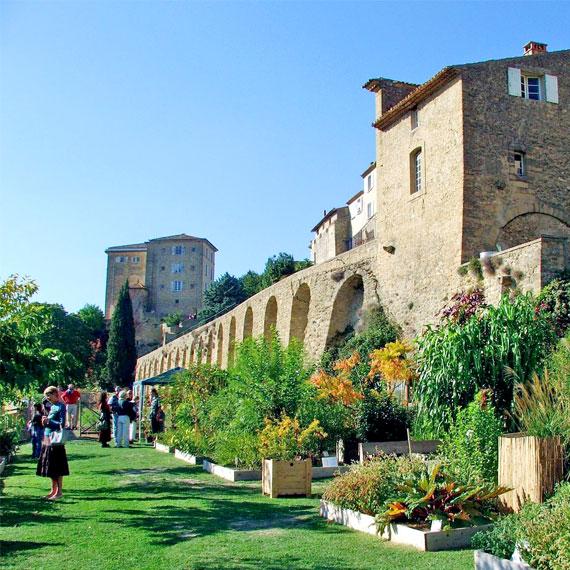

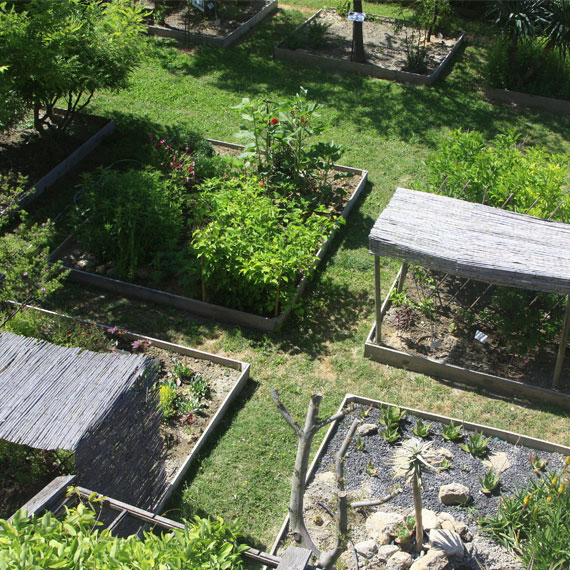
©AbbayesaintAndré ©F-Mariotti ©LAprea-Avignon-tourisme ©L.Lucas ©JC Guisset ©ChateaudeBrantes ©A.Iatzoura-MNHN ©MNHN_P.Abel ©Harmas ©BasseFontaine ©la-roseraie-de-gérenton ©Val_Joanis ©Domaine-de-la-Citadelle ©HOCQUEL_A ©COULEUR_GARANCE ©Martine-Grégoire
